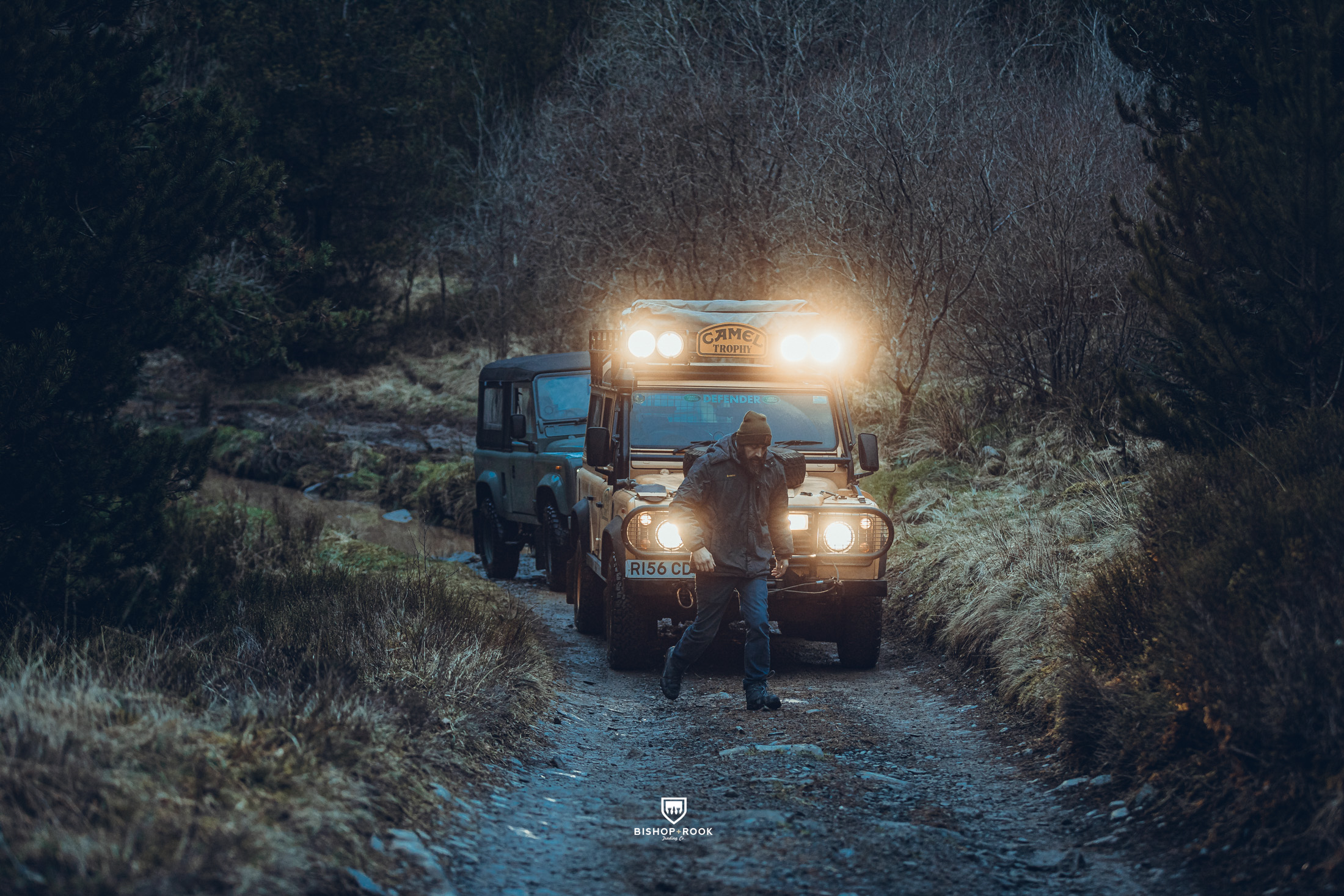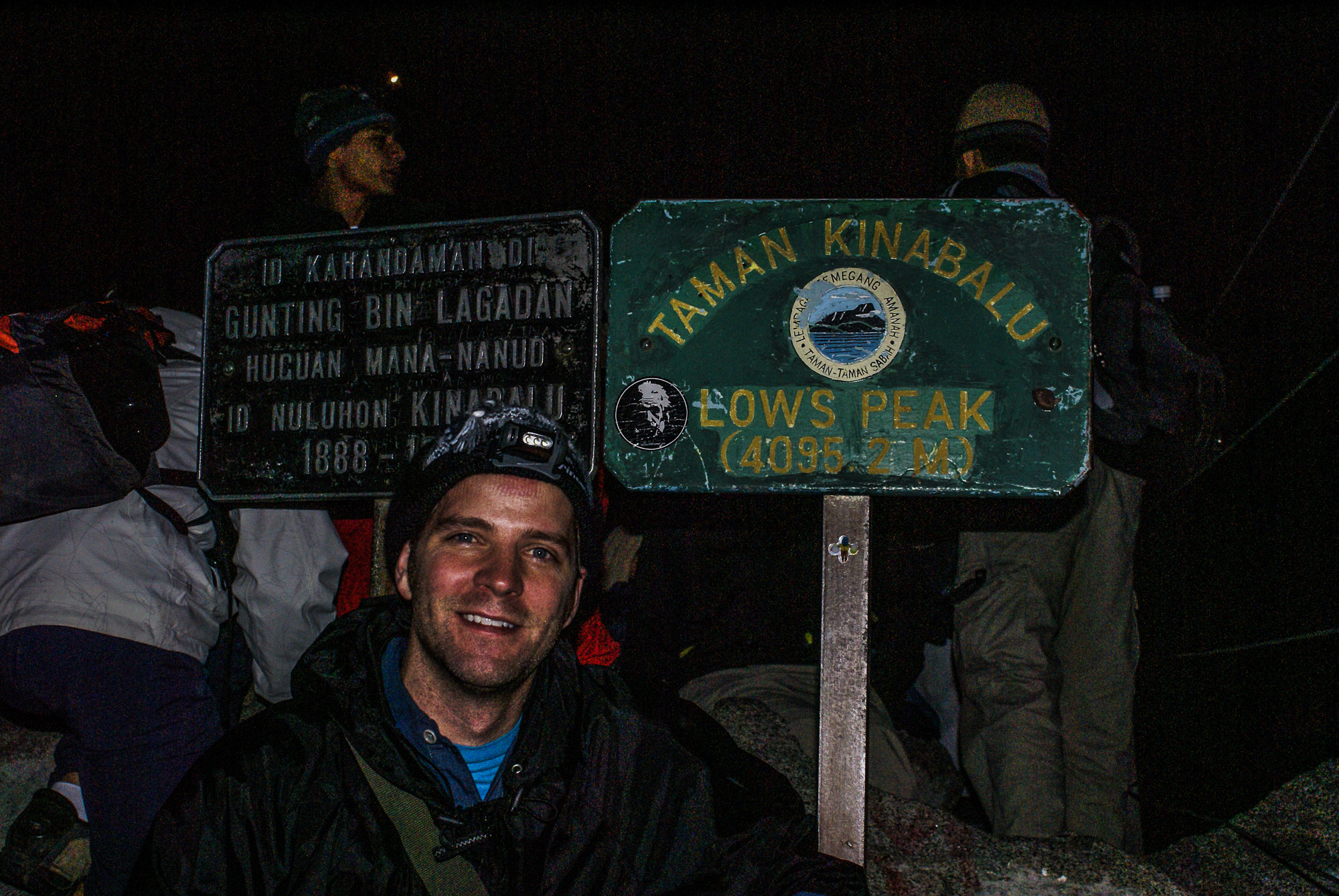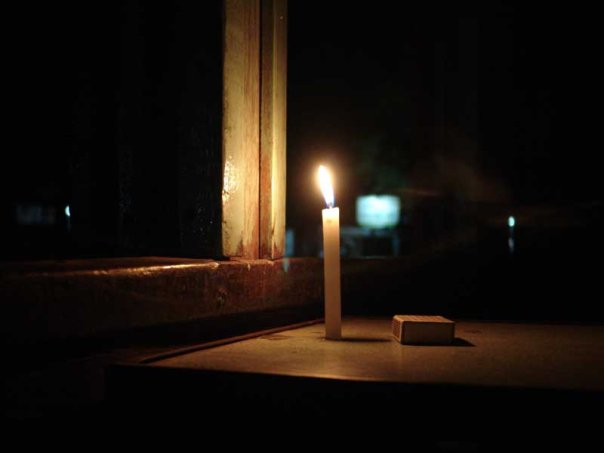Chasing The Camel Trophy
https://www.kraabel.net/wp-content/uploads/2023/03/BISHOPROOK_CHASINGTHECAMELTROPHY_2023-0137-1024x683.jpg 1024 683 Michael Kraabel Michael Kraabel https://www.kraabel.net/wp-content/uploads/2023/03/BISHOPROOK_CHASINGTHECAMELTROPHY_2023-0137-1024x683.jpgWe specialize in sourcing, importing, preserving, and restoring Heritage Land Rover Defenders. No other vehicle on the planet evokes a sense of wanderlust quite like a vintage Land Rover – a vehicle that has conquered every corner of the world and left an indelible mark on the face of travel and adventure. In our…
read more



